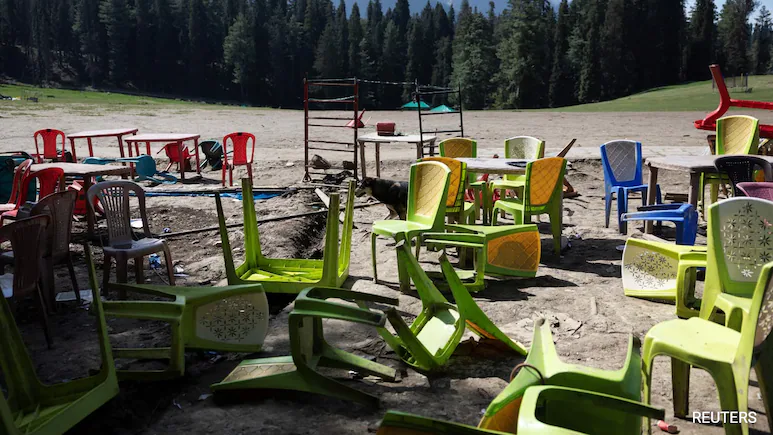A highly secretive unit within Pakistan’s Inter-Services Intelligence, known as “S1,” has been identified as the driving force behind decades of cross-border terrorism targeting India, from the 1993 Mumbai blasts to the recent Pahalgam attack in Jammu and Kashmir. Intelligence sources have confirmed that this clandestine unit—codenamed “Subversion 1”—has operated for over 25 years, quietly training thousands of militants for missions against Indian targets.
Headquartered in Islamabad, the S1 is believed to be commanded by a Colonel of the Pakistani Army, assisted by two senior officers known only by their aliases “Gazi 1” and “Gazi 2.” The unit’s funding, according to intelligence inputs, largely stems from the drug trade, allowing it to finance extensive terror operations without leaving a paper trail.
The S1’s trainers are masters in the use of small arms, explosives, and improvised devices. Sources revealed that they possess detailed maps of strategic locations across India, suggesting years of reconnaissance and planning. They operate under deep cover, often adopting local attire and growing long beards to blend into militant camps run by groups such as Jaish-e-Mohammed, Lashkar-e-Taiba, and Hizbul Mujahideen.
Remarkably, the unit’s secrecy runs so deep that even members of the terror groups they train are often unaware that their instructors are ISI operatives. Over the past two decades, S1 is believed to have trained thousands of militants who were later dispatched for missions in India.
Indian intelligence agencies, which have recently decoded the scope of S1’s network, describe it as one of the most dangerous covert structures within the ISI—meticulously built to execute Pakistan’s policy of subversion through proxy warfare.
With the exposure of S1’s existence and methods, security experts warn that India’s counterterrorism strategy must adapt swiftly to counter this deep-state machinery that thrives in the shadows, far from the public eye but close to every act of terror that has scarred the region for years.

